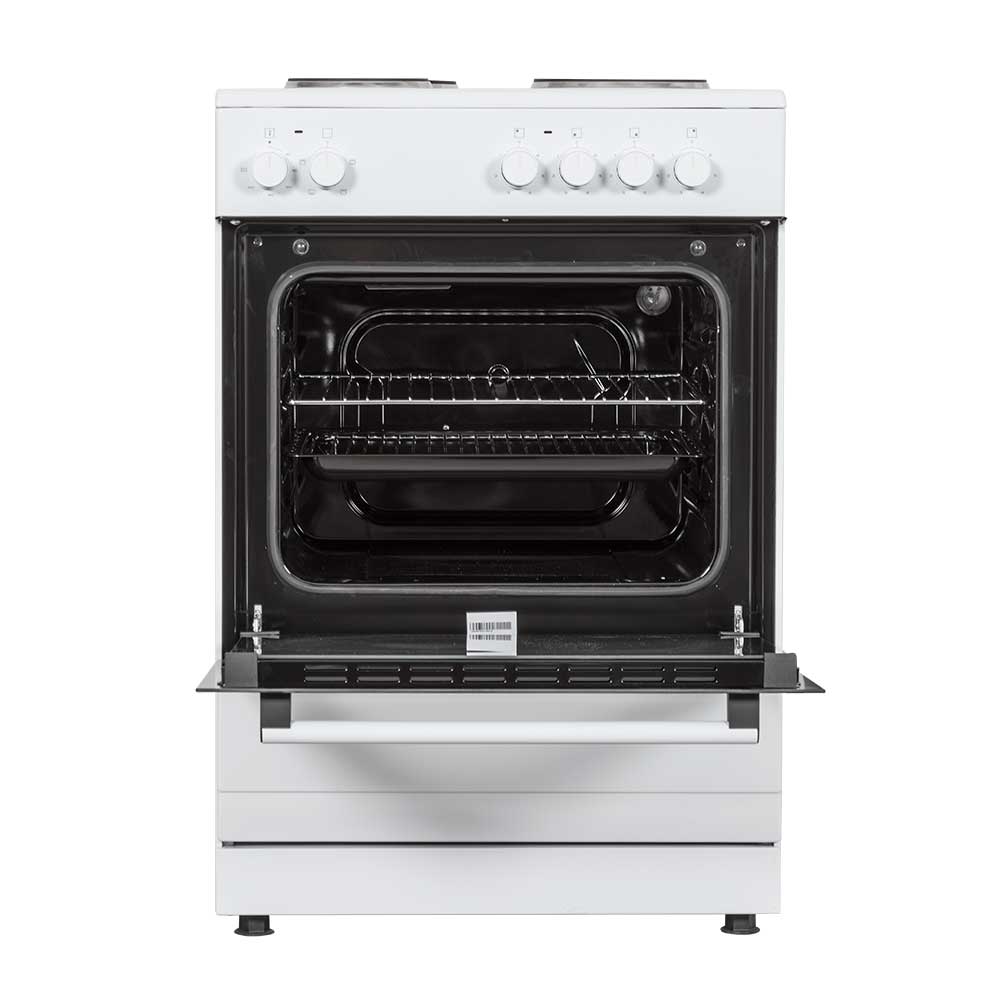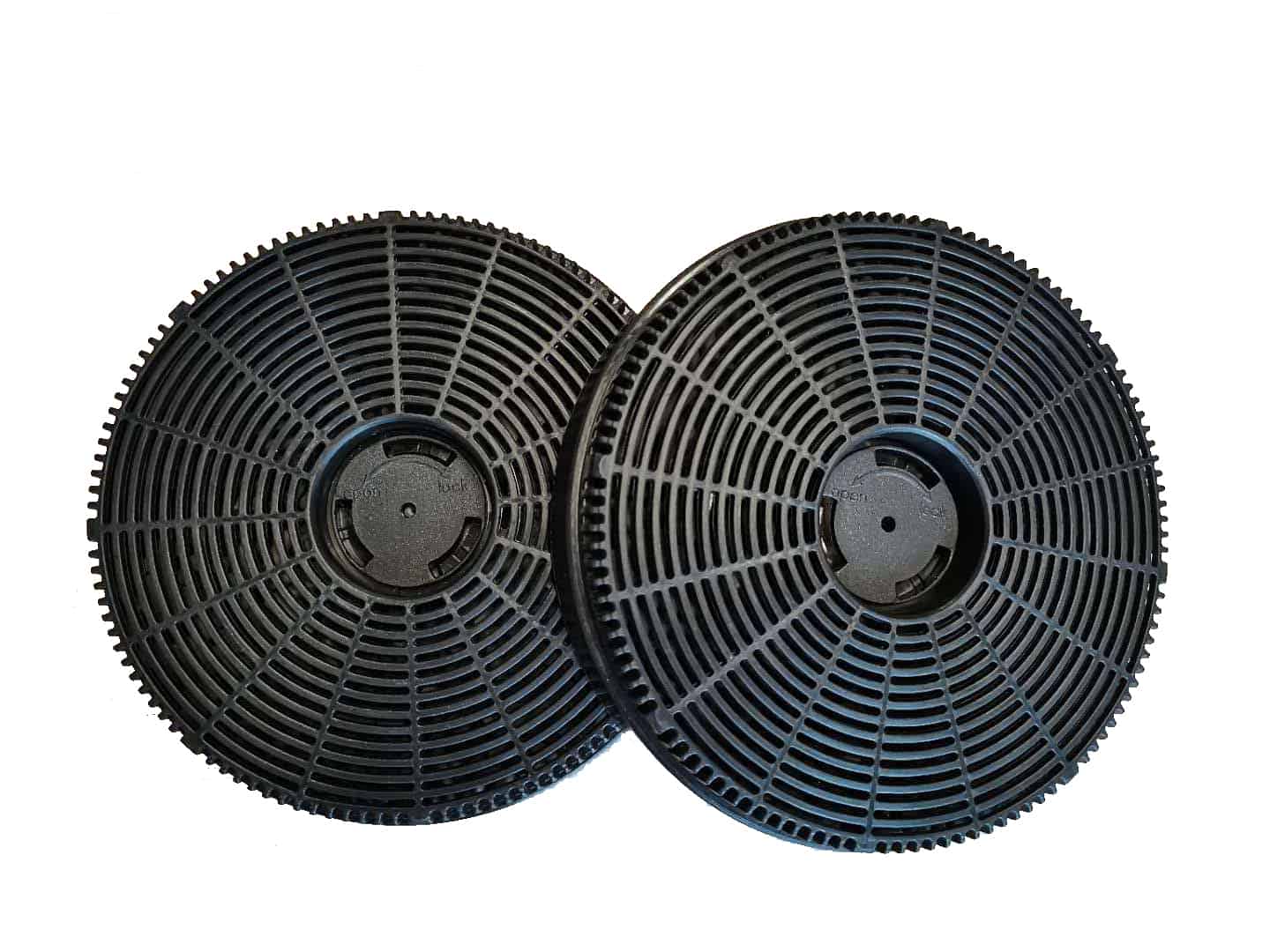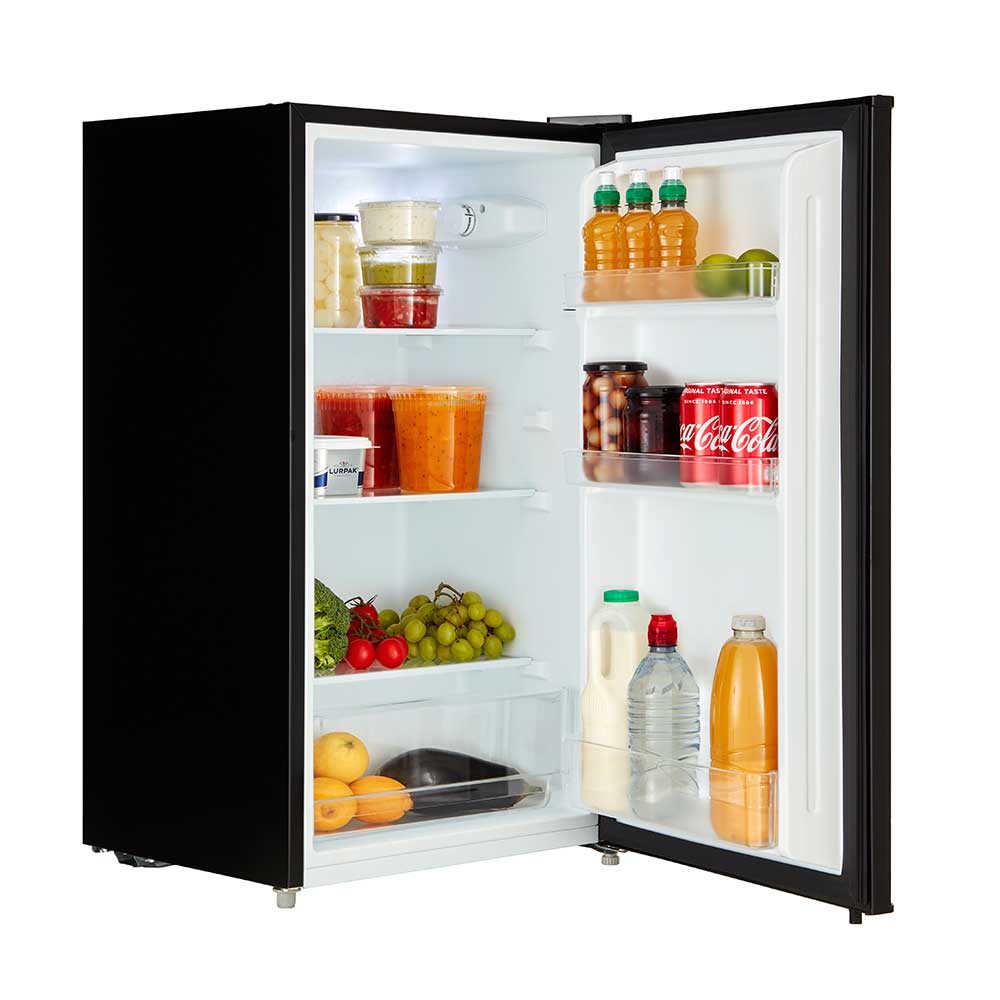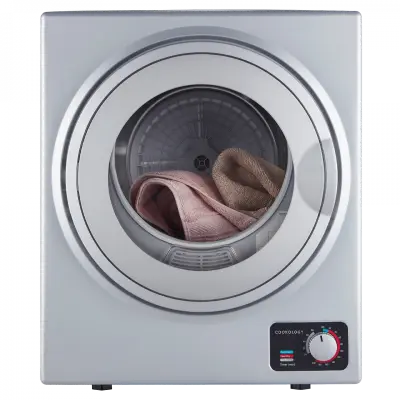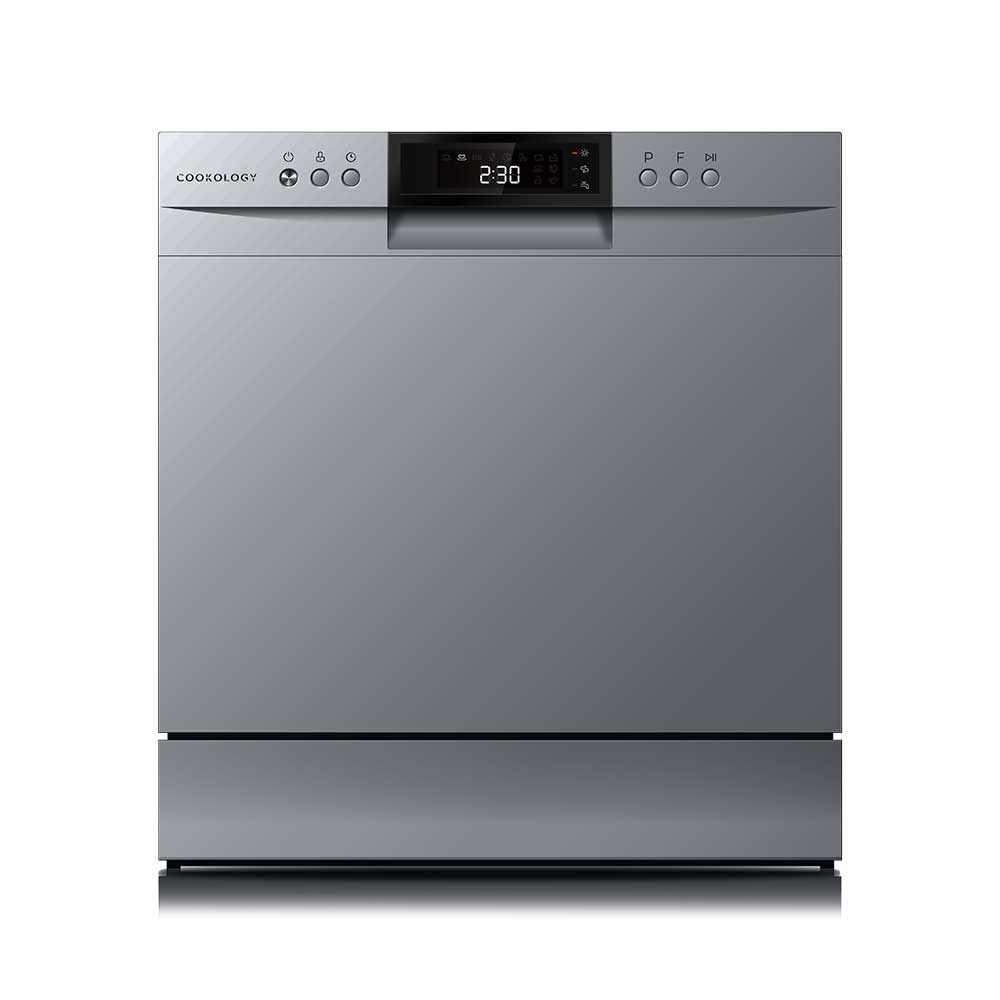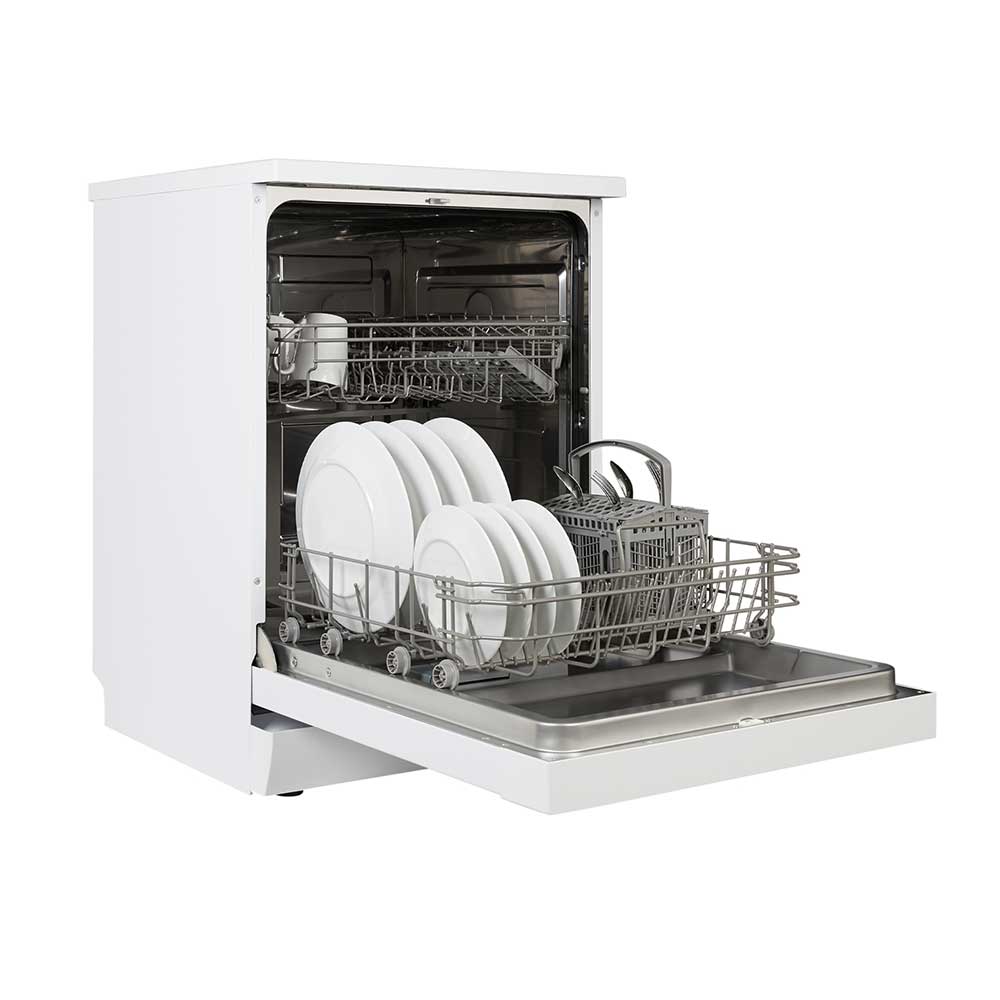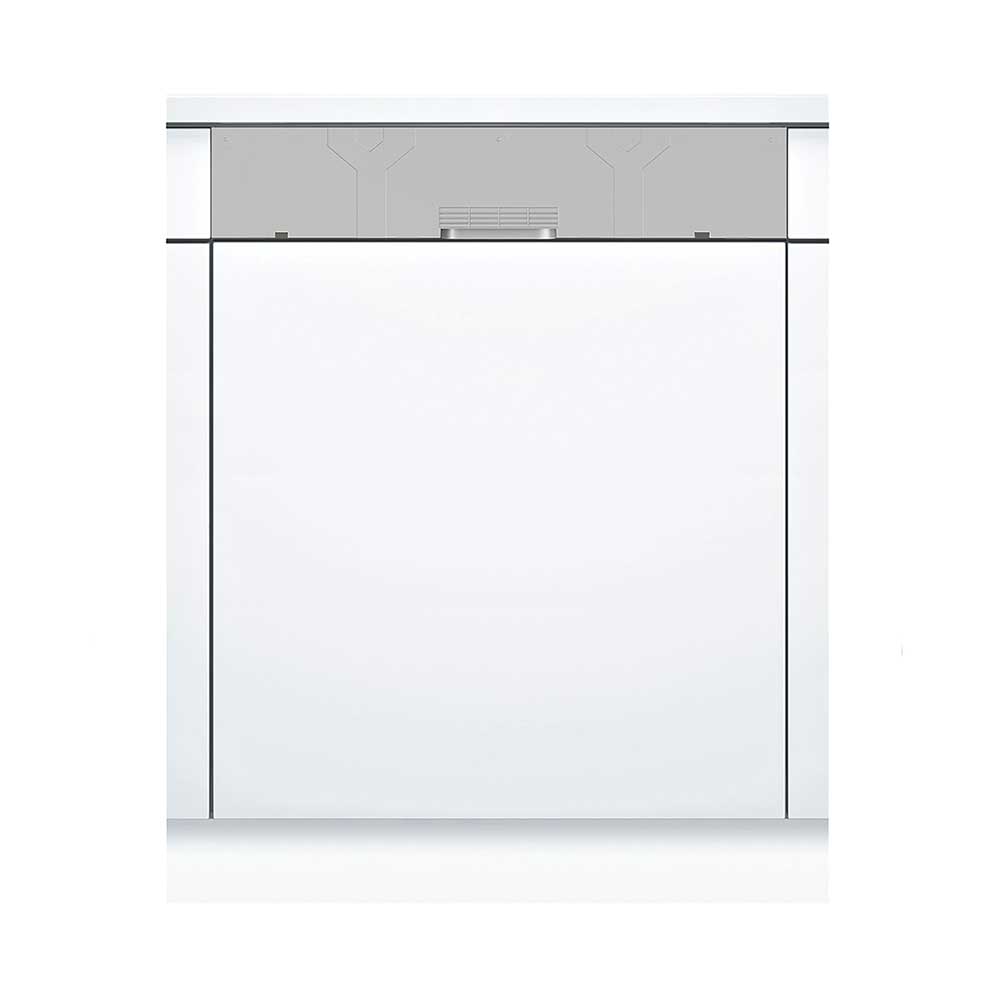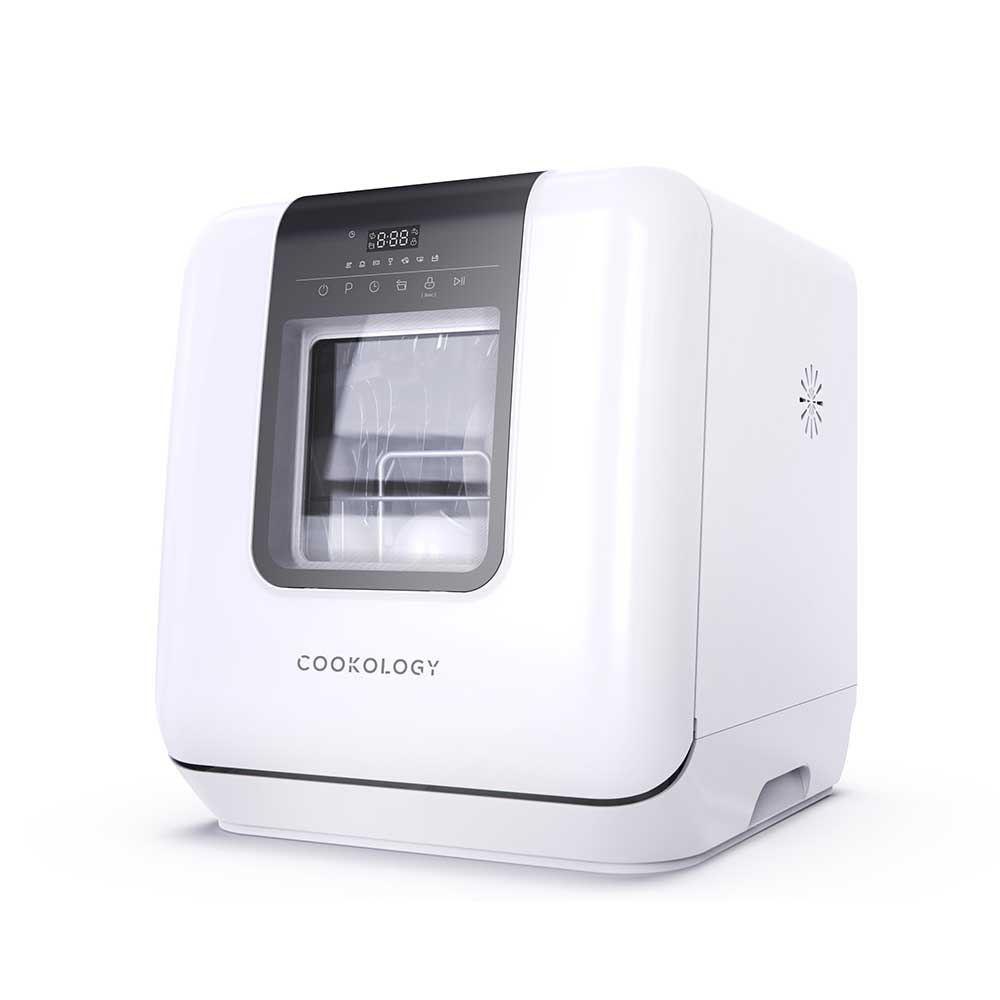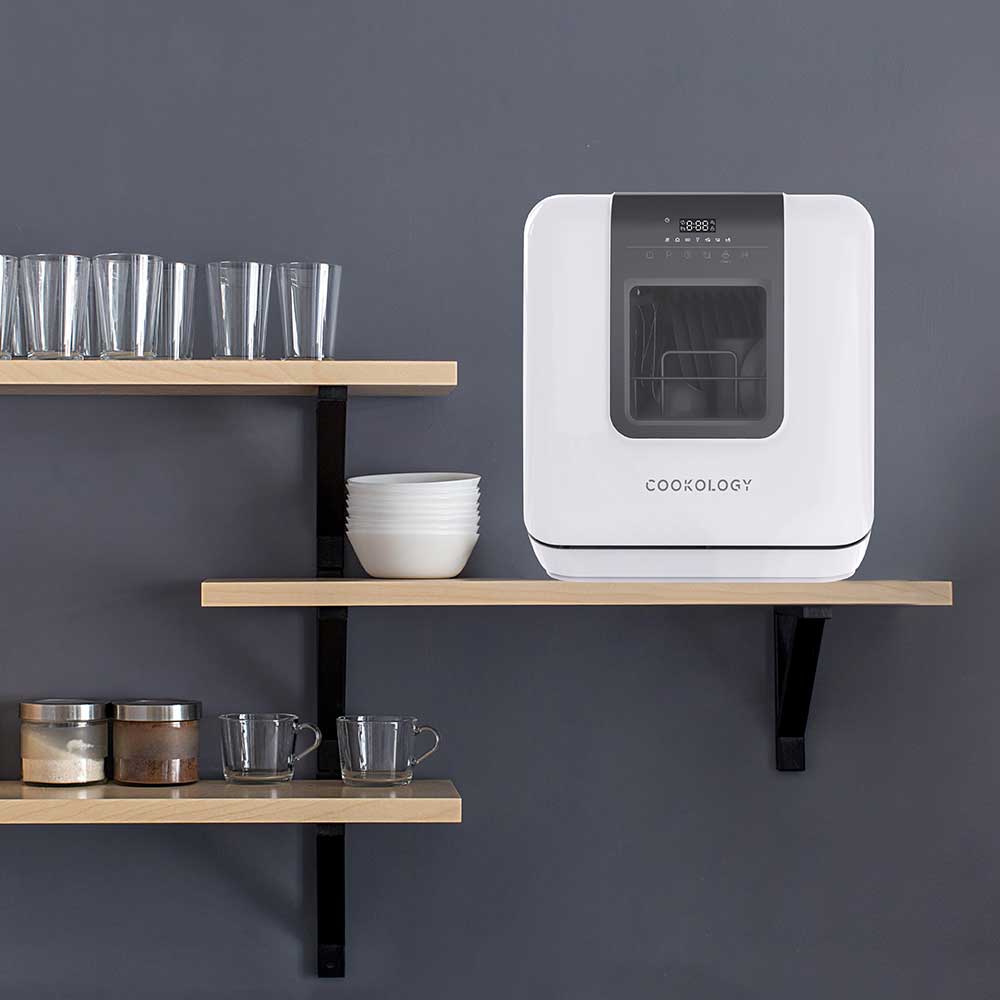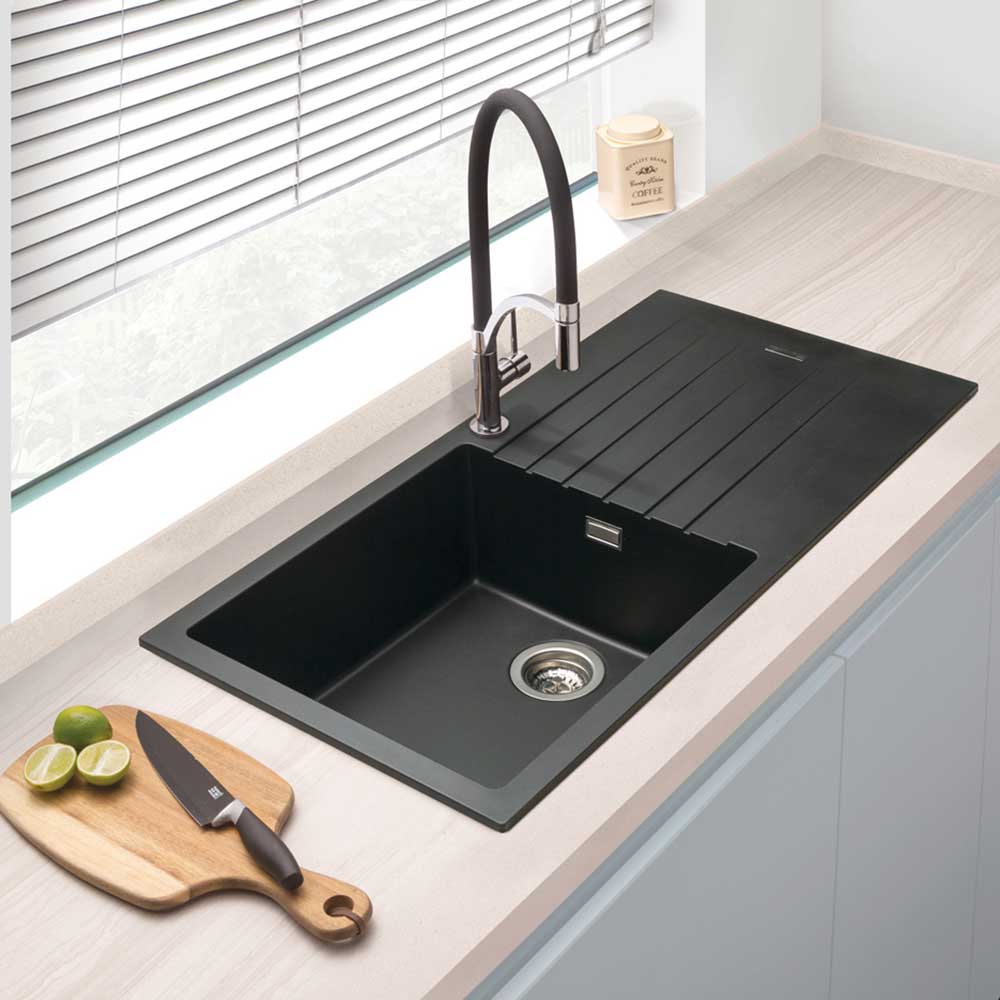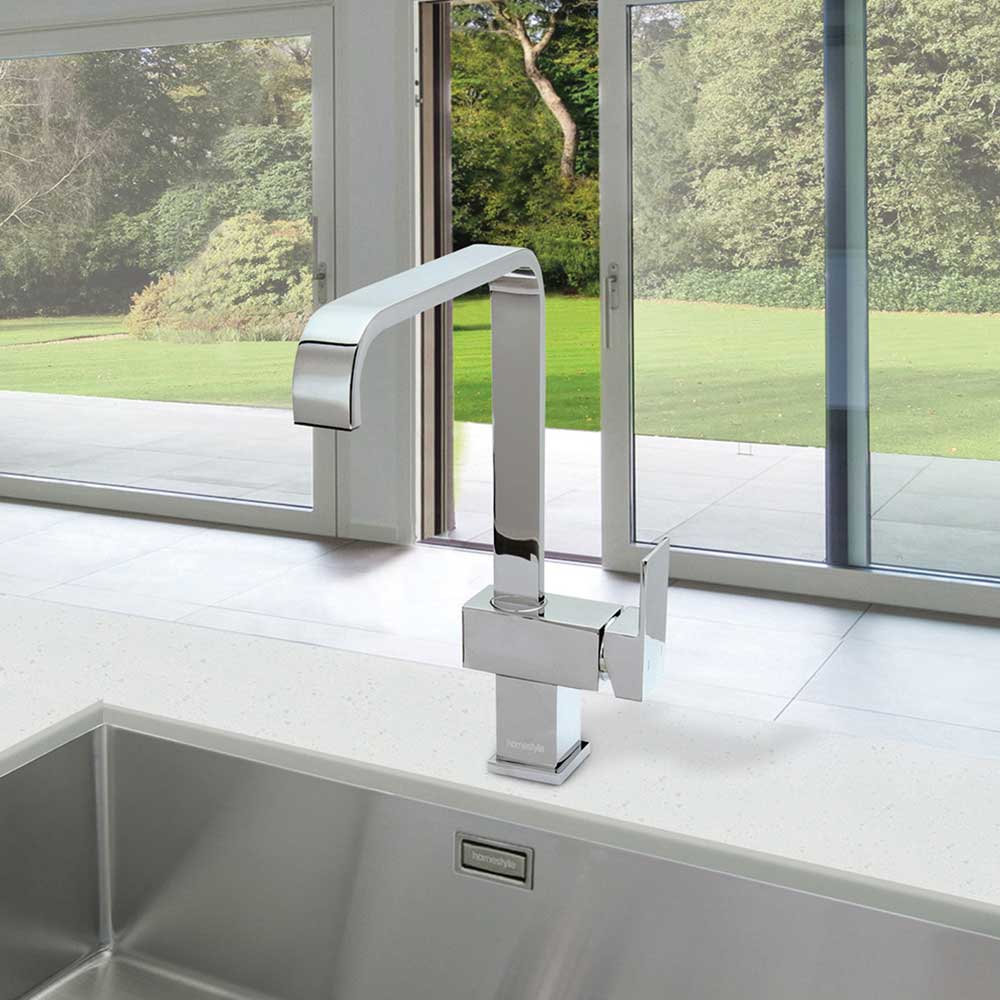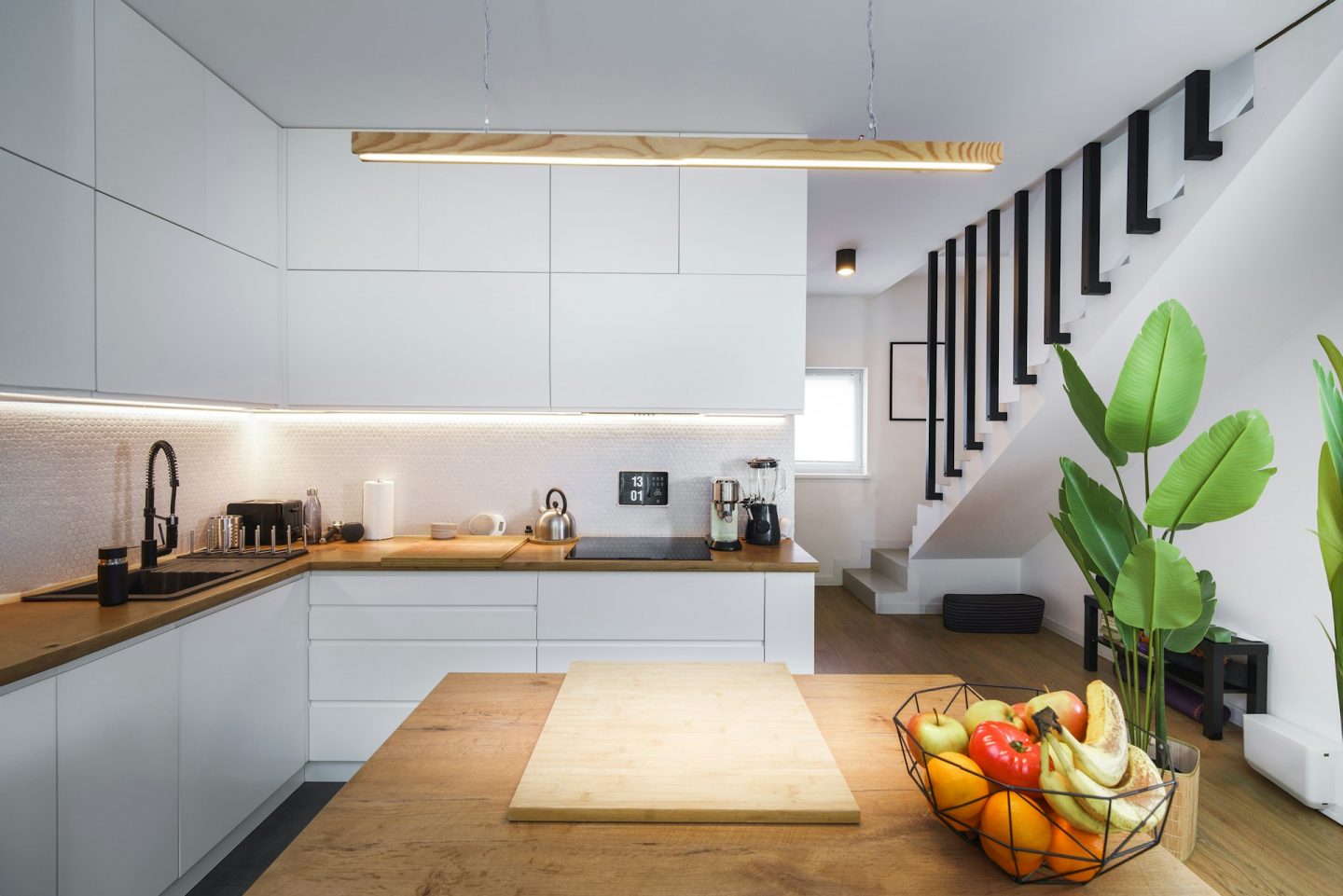Ovens used to be pretty straightforward. They were either on or off, with only one setting to worry about: temperature (or gas mark). Oh, how times have changed. Modern ovens are packed with all kinds of different features, including multiple cooking modes – and getting your head around each of these modes is important if you want to serve up delicious dishes time after time.
Understanding the ins and outs of these cooking modes can be a little tricky, however. WIth so many to choose from on some models – and only a few small icons to indicate which mode does what – it can be tempting to ignore these settings altogether and just stick with what you know. We get it!
That’s why we’ve decided to put together this handy beginner’s guide. If you’ve just got your hands on a new oven with multiple cooking modes, we’ll help you demystify each of them below. Not only will we cover popular cooking modes and what they do, we’ll explain which modes are best-suited to specific dishes. Ready to level up your cooking skills? Let’s get started.
Why oven cooking modes matter
Before we delve deeper into the ins and outs of modern oven functions and features, let’s first explain why they’re important. Why should you take the time to learn each function and what it does – why not just stick with the basic, default cooking mode you’re used to? Here are a few reasons.
- Convenience: Some modes will cook your meals more quickly than others, saving you time. Plus, on some ovens, you can turn on the interior light without turning up the heat, allowing you to clean every inch of the cooking area with ease.
- Energy Savings: If your oven has a fan-assisted mode, utilise it to your advantage. Fan-assisted modes often cook your meals more quickly and efficiently, using less energy in the process. You know what that means – cheaper energy bills.
- Versatility: The presence of multiple cooking modes turns your oven into a far more versatile device. Whether you need to defrost some meat in a hurry, prepare a prize-winning bake or cook the most lip-smackingly satisfying comfort food after a long day in the office, you’ll have the tools at your disposal to do so.
- Texture and Taste: Whether you’re cooking for guests, for your family or just for yourself, choosing the right cooking mode can deliver notable improvements in taste and texture. Select the right function and you’ll notice the benefit, making ‘soggy bottoms’ a thing of the past!
Which ovens come with multiple cooking modes?
If you’re in the market for a new oven and specifically want a model with multiple cooking modes, which ones should you look at?
As we mentioned earlier, gas ovens typically only have one setting – temperature. If you want flexibility and versatility from your oven, you’ll be better off with an electric model. Even the most basic electric ovens often come with a selection of modes nowadays, but the most versatile models are those fitted with a fan.
Fan ovens offer by far the widest range of cooking modes. With the fan enabled, heat can be circulated around the oven and spread across each shelf evenly, improving the consistency and texture of your food. The fan also allows for greater flexibility; it can be enabled or disabled depending on the mode you choose, allowing you to prepare everything from chips to delicate bakes and pastries.
Popular oven functions you should know about
Let’s assume you choose a fan oven with a number of built-in cooking modes. What does each mode mean and what effect does it have? Read on for a rundown of the most popular cooking modes and how they work.
- The regular oven mode is typically labelled with an icon featuring two lines or rectangles, one at the top and one at the bottom. This is your bog standard electric oven setting, which utilises both the lower and upper heating elements to generate heat. The fan is disabled.
- The fan oven setting uses a similar icon to the regular cooking mode, but with a fan in the middle. The only difference between this mode and the standard mode is the use of the fan, which moves hot air around the oven to generate a consistent temperature across each shelf.
- The regular grill mode is signified by an icon with a single rectangle or square at the top. In this case, only the oven’s uppermost heating element will be used. Many ovens also feature a fan-assisted grill mode, which features the same icon with the addition of a fan symbol.
- On some ovens, the reverse is also possible. If you see an icon with a rectangle or line at the bottom, this means that only the lower heating element will be used to cook your food – perfect for avoiding those so-called soggy bottoms.
- Many ovens come with a defrost feature, which is typically labelled with a snowflake symbol. If you need to defrost ingredients or portions of batch-cooked food in a hurry, look no further.
Which oven function should I choose?
Wondering which function to choose? Here are our recommendations.
- For pies, pizzas and any other bakes that you want to have a crispy base, choose the bottom heat mode – preferably with the fan enabled.
- Want to cook a quick freezer meal or prepare multiple different ingredients efficiently? Choose the fan-assisted cooking mode, which utilises both heating elements and the fan to generate consistent heat across each shelf – just what you need when batch cooking.
- If you’re baking a cake, cookies, bread or anything of that nature, you’ll probably want to stick with the conventional oven mode. Fan-assisted cooking does get the job done more quickly, but can be too harsh for more delicate baked goods.
- If you’re grilling some sausages or preparing a casserole, stick with the fan-forced grill (or top heated) mode. The fan ensures that your food is cooked evenly, reducing the risk of burning the top of your food without cooking it all the way through.
Check out our complete range of multifunction ovens
We hope you’ve found our guide helpful. If you’re ready to ditch your old oven and upgrade to a new model that’s packed with useful features and modes, check out the full lineup of Cookology ovens today.

